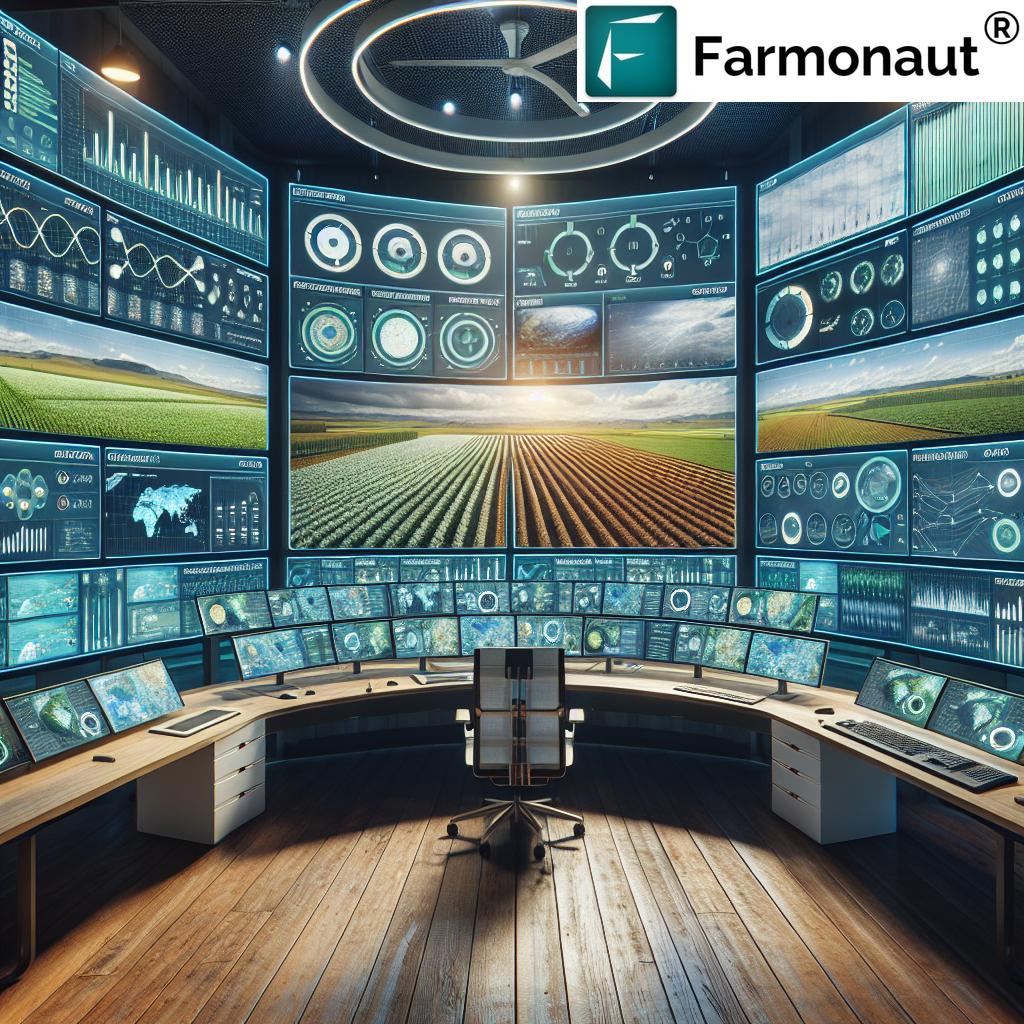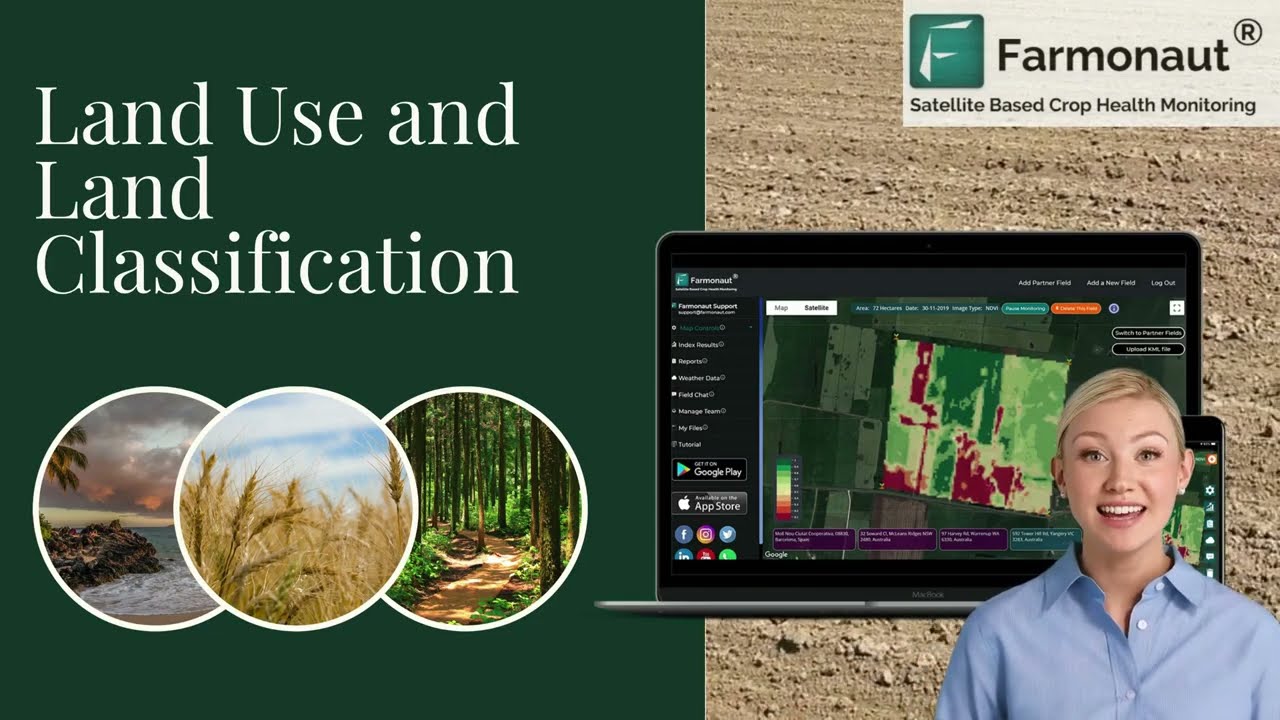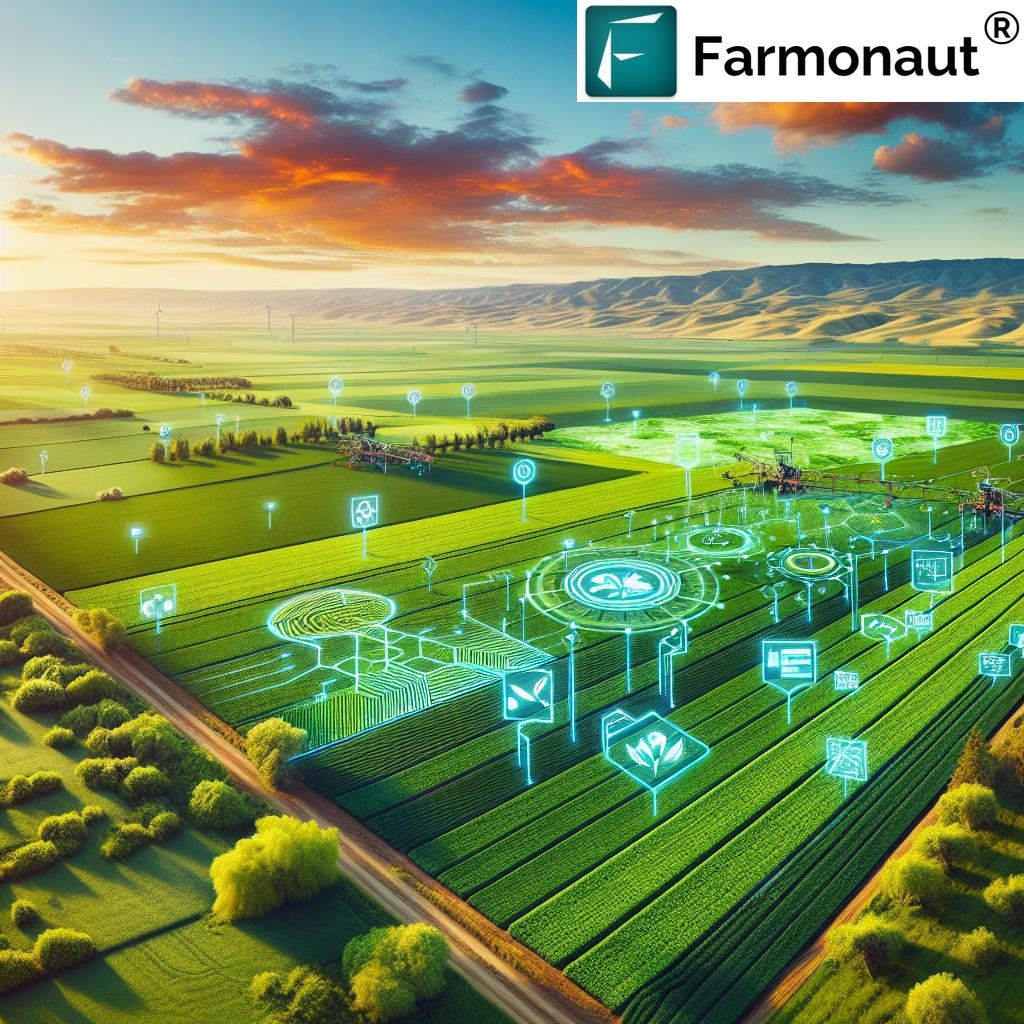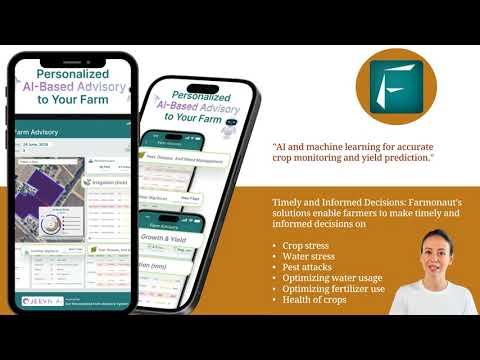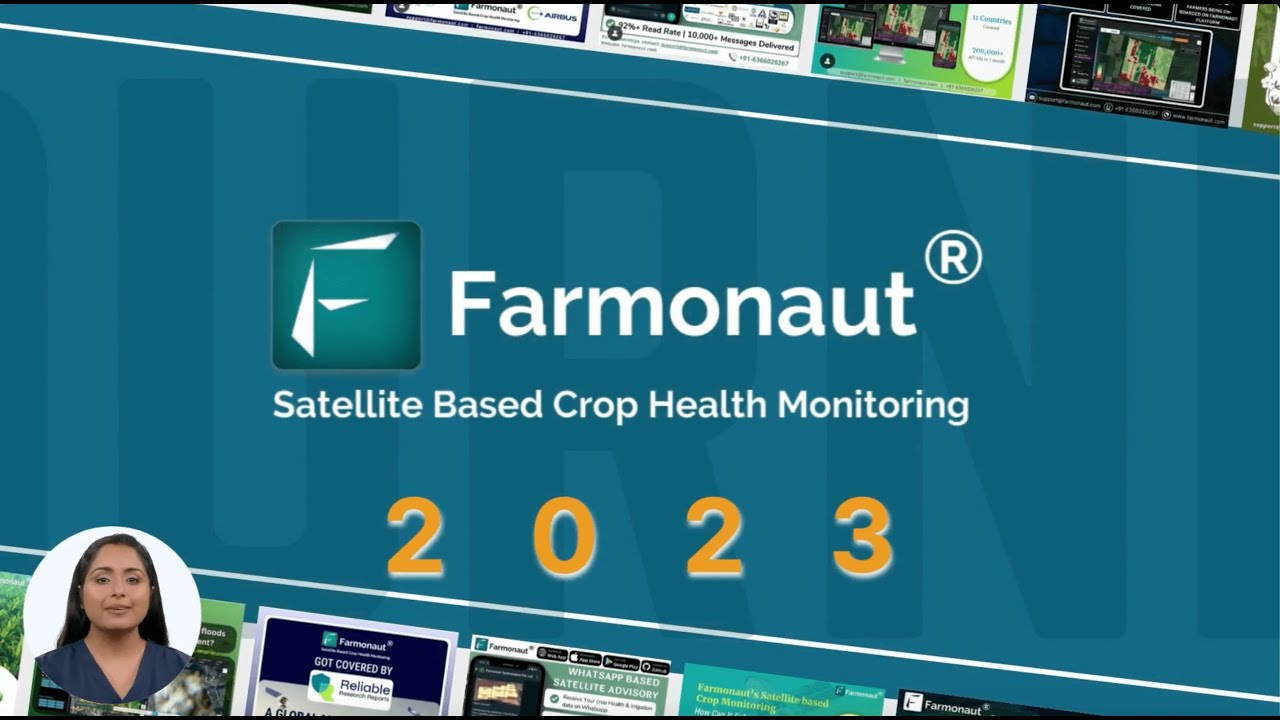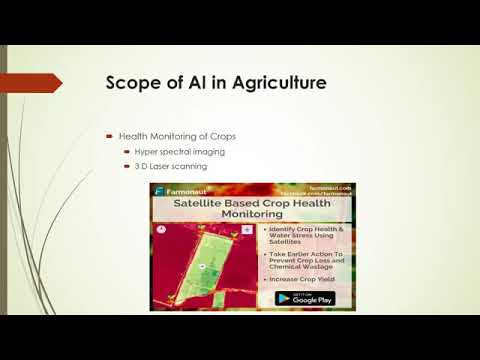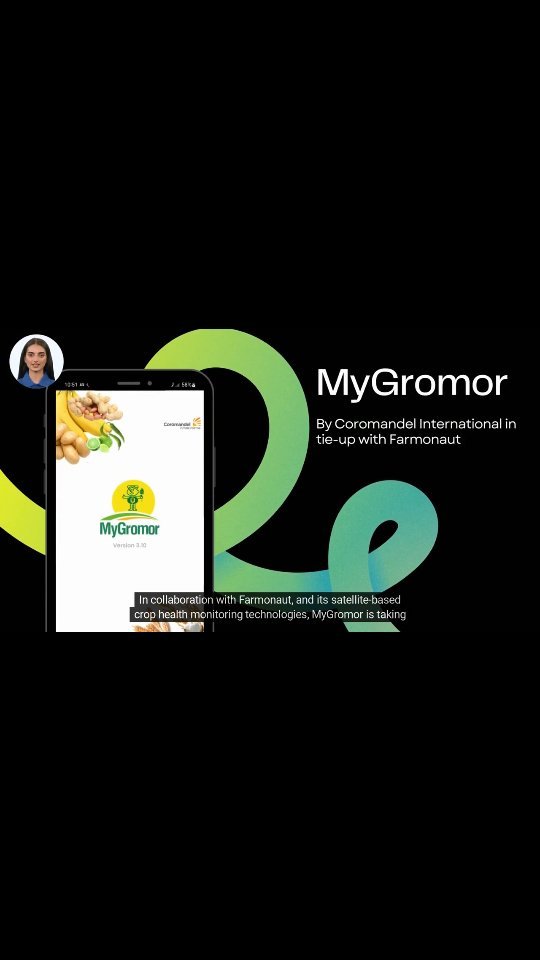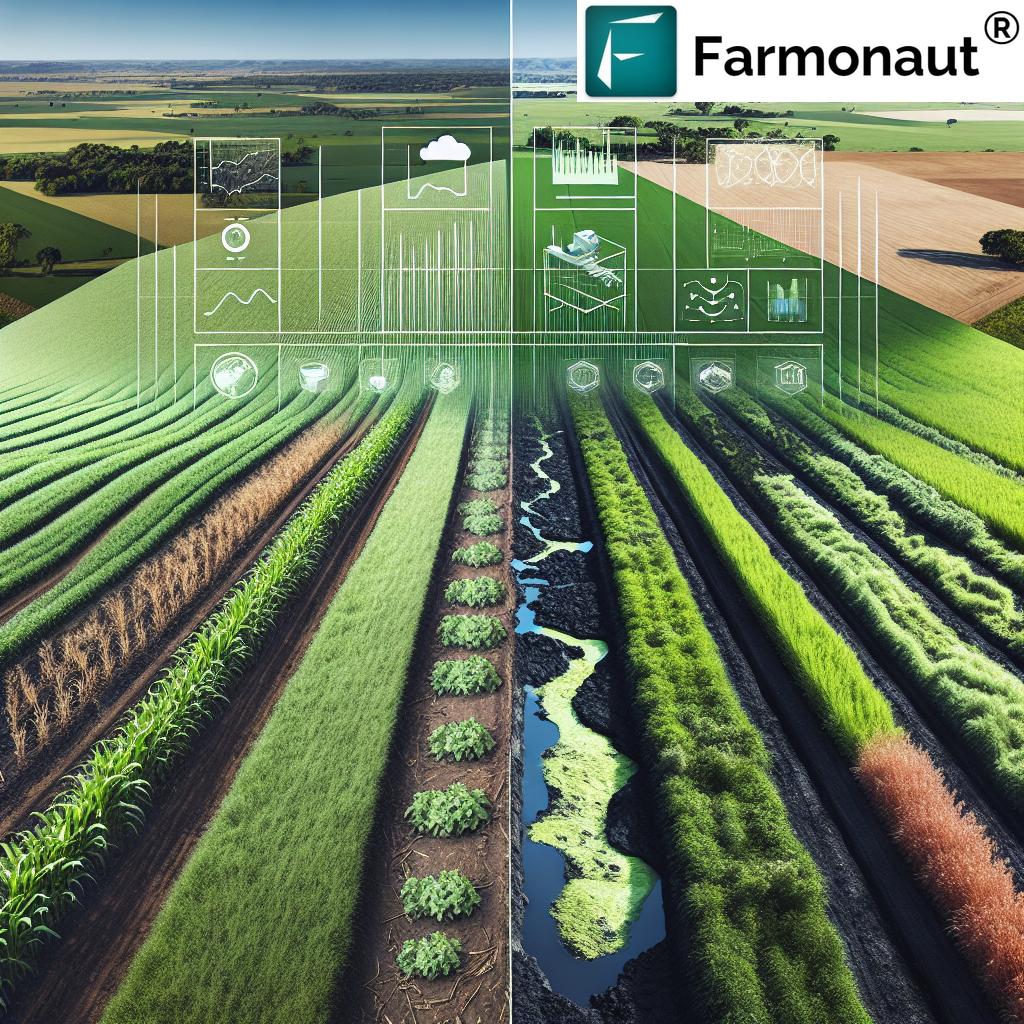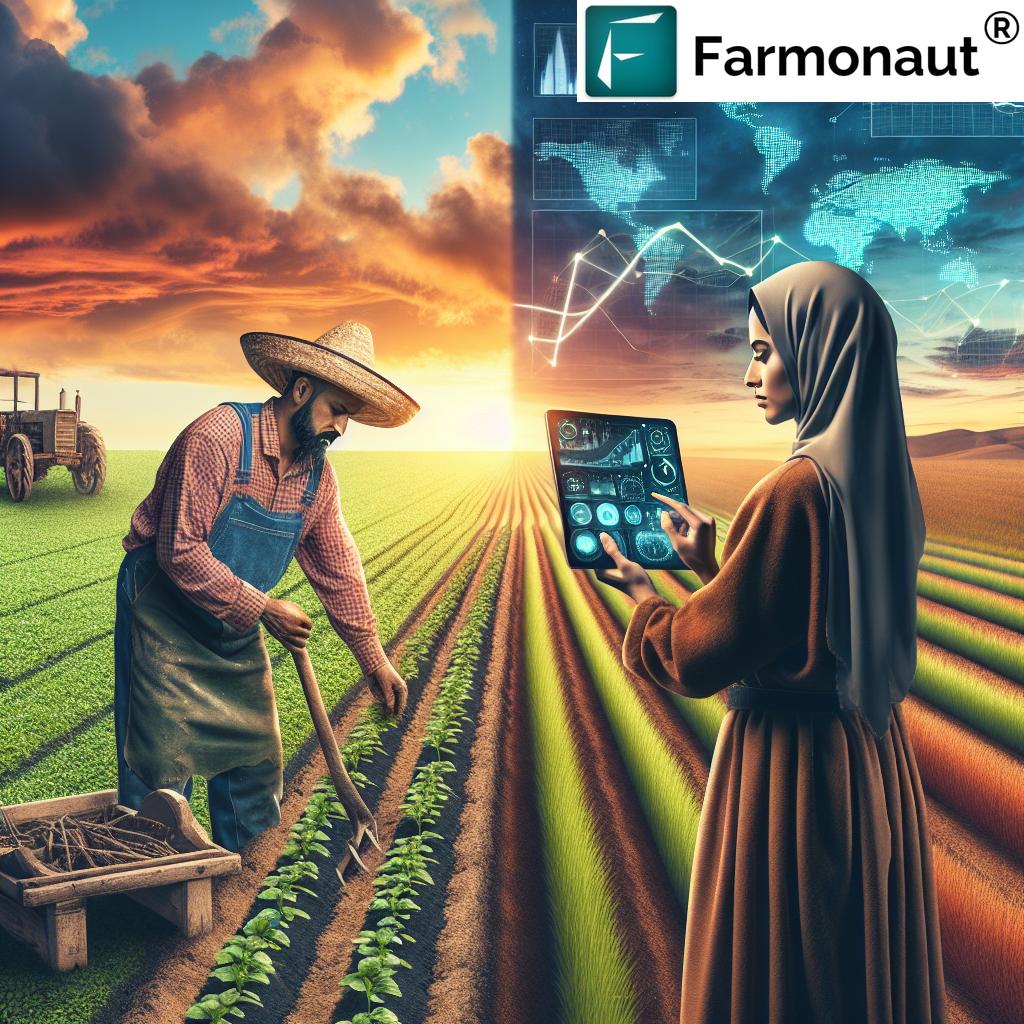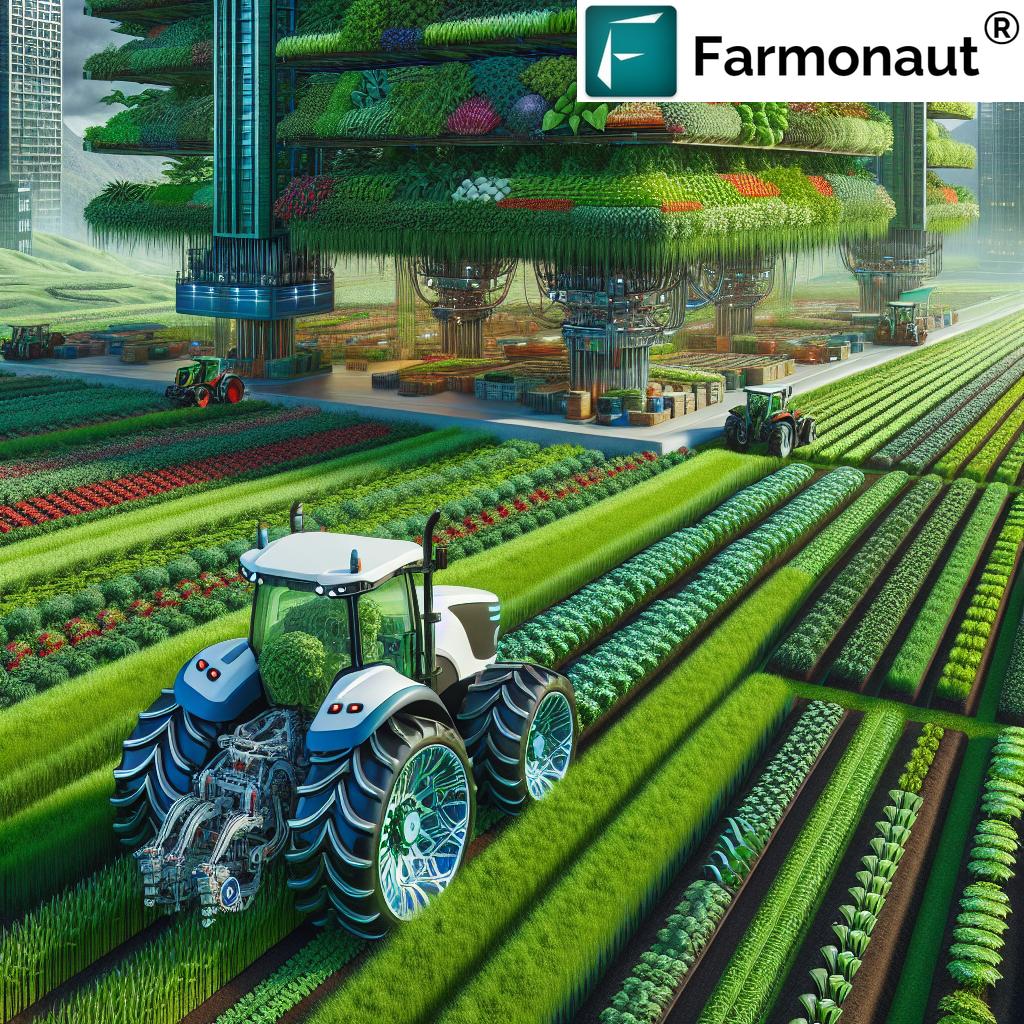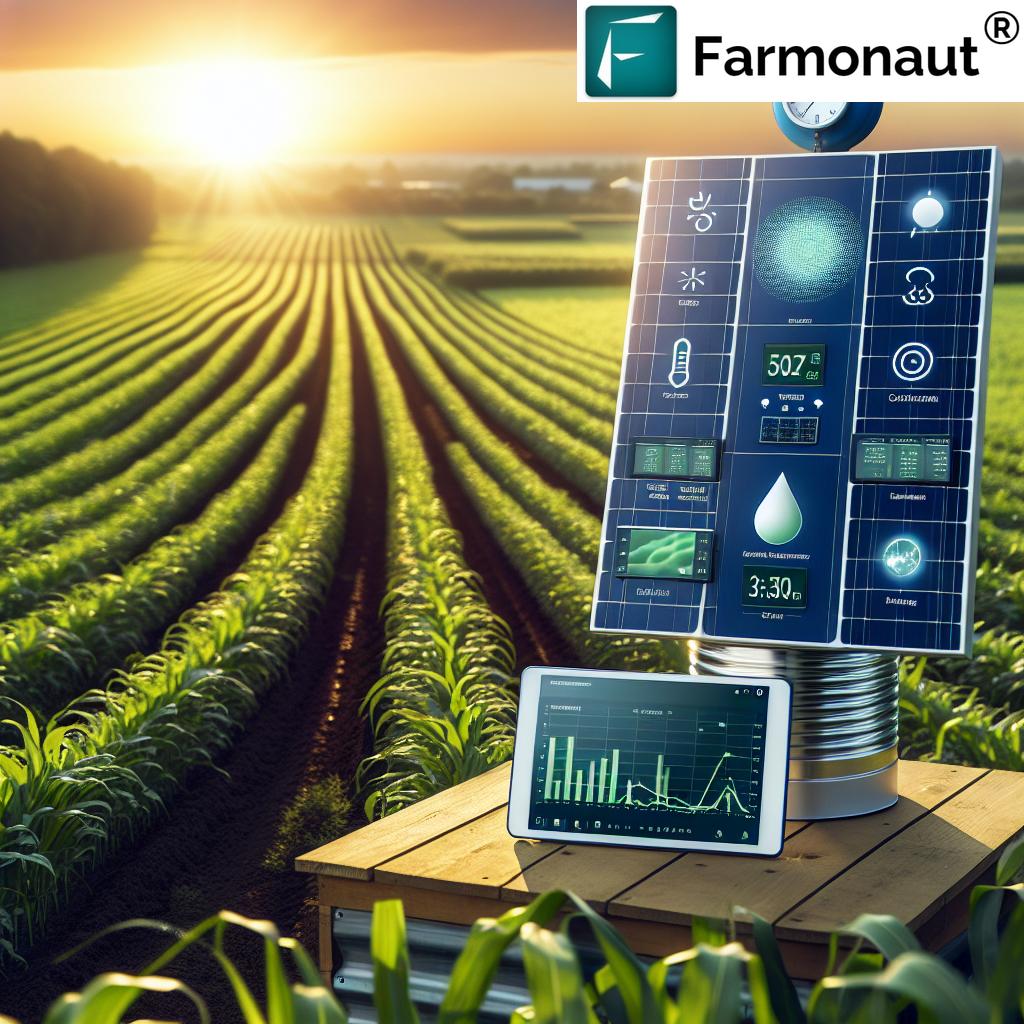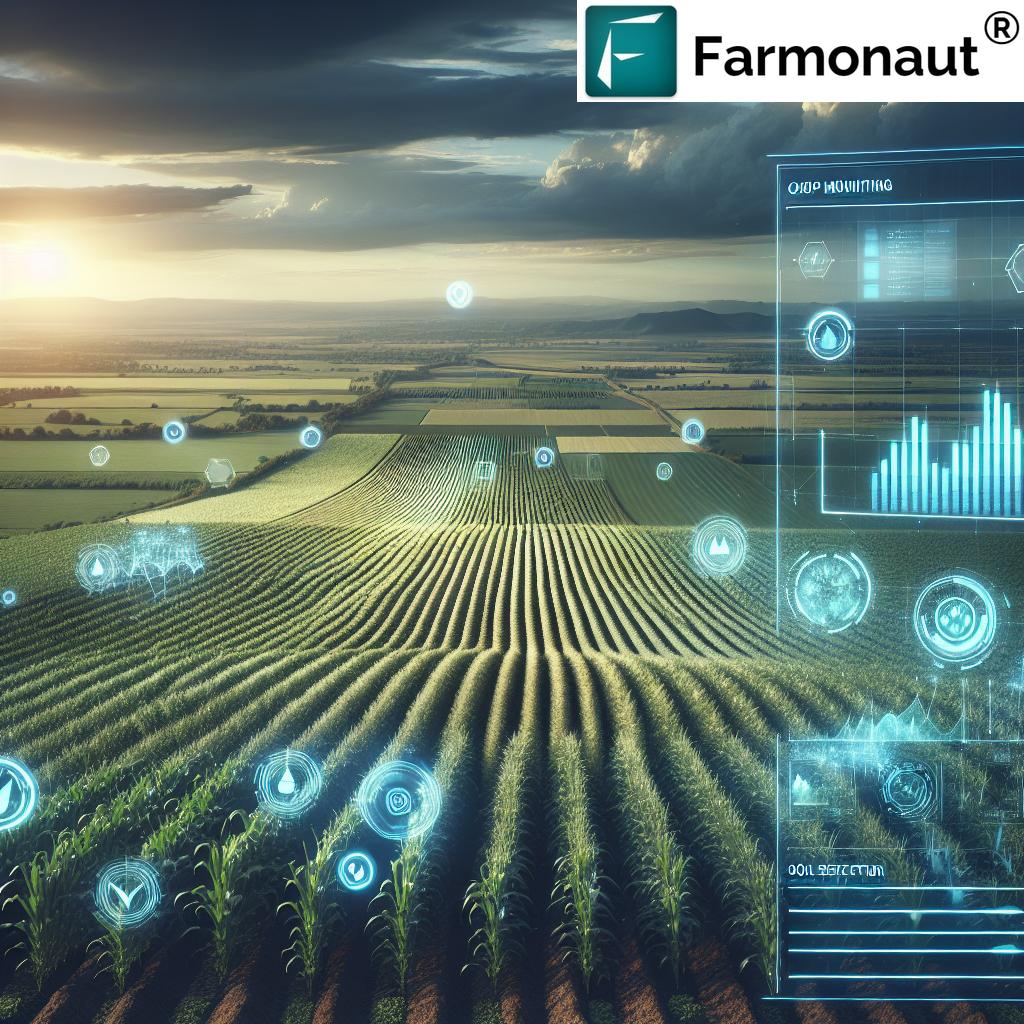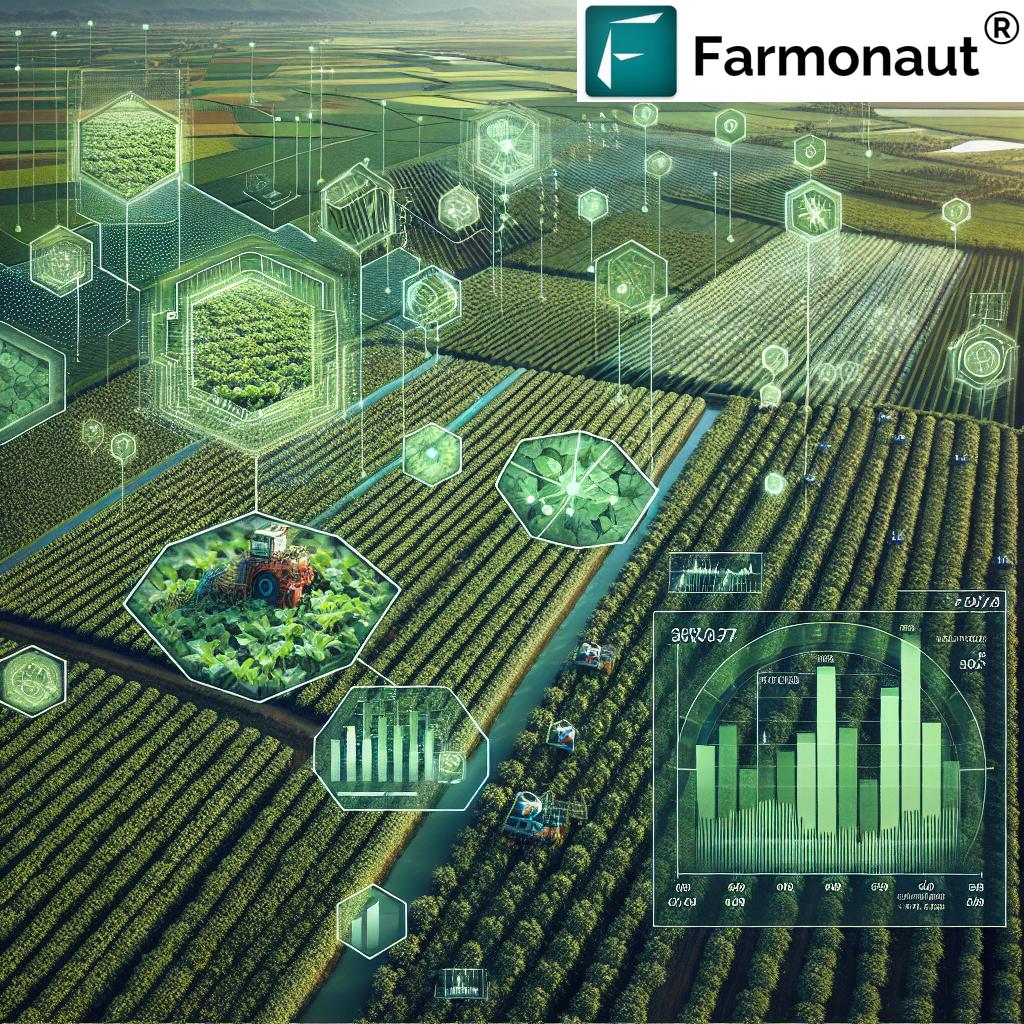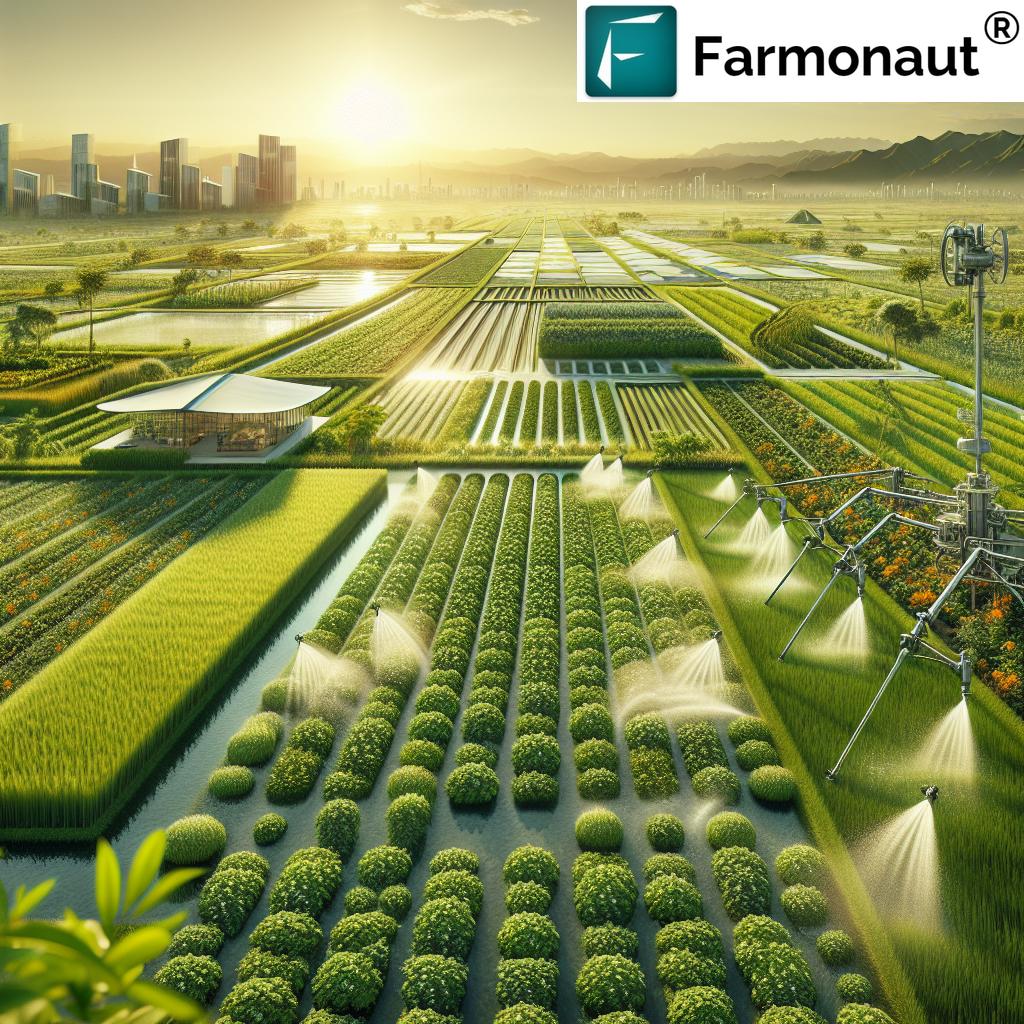Agriculture Software Solutions: Unlock 7 Game-Changing Farm Hacks
Meta Description: Discover how agriculture software solutions and precision tools optimize farm management, crop planning, and sustainability. Explore key benefits, practical hacks, and future trends for modern farmers.
“Over 70% of modern farms use agriculture software for crop planning and resource optimization.”
Introduction: The Digital Farm Revolution
In the last few decades, the agriculture industry has experienced a striking transformation. What once relied on tradition and intuition has now embraced cutting-edge technology and agriculture software solutions. We are witnessing an era where software platforms and management tools are driving unprecedented efficiency, enabling data-driven decisions, and empowering farmers to enhance crop yields, make sustainable choices, and thrive in a rapidly evolving sector.
At the heart of this transformation are digital tools and platforms designed for crop planning, resource optimization, soil and animal health monitoring, supply chain transparency, and much more. With evolving precision agriculture software and advanced AI, we now have actionable insights at our fingertips.
In this comprehensive guide, we’ll journey through the major innovations, types, benefits, and the future possibilities these technological breakthroughs are unlocking. We’ll also reveal 7 practical, game-changing farm hacks powered by today’s best agricultural platforms. Plus, benefit from real-world examples, visual aids, and a special spotlight on Farmonaut—a leader making affordable, scalable precision farming solutions a reality for all farmers.
Types of Agriculture Software Solutions
Every farm and agricultural enterprise is unique. That’s why the software landscape offers a vast variety of platforms purpose-built for different elements of farming operations. Let’s explore these categories and see how they’re reshaping productivity.
1. Farm Management Software (FMS)
Farm management software is the backbone of digital agriculture, integrating many core activities—from planning planting schedules and monitoring crops to analyzing yields and managing inventories. These systems simplify complex farming decisions and centralize all information.
- Integrated inventory tracking for seeds, fertilizers, and pesticides
- Automated labor scheduling and payroll
- Financial management—budgeting, expense tracking, and profitability analytics
- Comprehensive field/task monitoring
- Example: FMS Solutions for end-to-end systems
2. Precision Agriculture Software
Leveraging GPS, IoT devices, and remote sensing, precision agriculture software supplies real-time, hyper-local data about field conditions and input needs. With field variability analysis, farmers can tailor irrigation, fertilization, and planting for maximum efficiency and minimal waste.
- Satellite imagery to identify crop stress zones
- Soil nutrient mapping and variability assessment
- Targeted inputs reduce environmental burden and save on costs
3. Livestock Management Software
Optimizing animal health, breeding, and feeding schedules, livestock management systems streamline herd tracking and automate major processes in animal husbandry.
- Automated tracking of calf birthing, breeding cycles, and feeding schedules
- Individual and herd health monitoring
- Reduce manual errors and optimize input use
- Example: AgriWebb for holistic livestock digitalization
4. Supply Chain and Traceability in Agriculture
With supply chain traceability in agriculture, stakeholders can follow the journey of every agricultural product—from seed to shelf—ensuring quality, compliance, and transparency.
- Blockchain ledgers protect data, proving origin and authenticity
- Automated alerts for quality control and regulatory checkpoints
- Build consumer trust through full traceability
Learn more about the power of traceability with Farmonaut’s blockchain-based traceability solution—it not only secures data integrity but also enhances transparency across the agri-food supply chain.
“Precision agriculture software can increase farm yield by up to 20% through data-driven management.”
5. Agronomy Software Platforms
Focusing on the science of crop and soil management, agronomy software platforms support soil sampling, GIS mapping, and the precise evaluation of soil fertility. These solutions make it simple for farmers to boost yields through targeted, data-backed practices.
- Automated sampling schedules and data logs
- GIS-driven mapping for resource allocation
- Quick analysis of fertility trends and intervention needs
For those looking for actionable agronomy insights, check out RBCH’s soil and fertility automation system at RBCH Agronomy Solutions.
6. Weather Monitoring and Prediction Software
Given how critical weather is to agricultural outcomes, advanced platforms now provide up-to-the-minute conditions, forecasts, and alerts. By analyzing satellite data and IoT sensors, these tools allow for timely planning and disaster risk reduction.
- Localized storm/frost alerts and rainfall predictions for specific farms and fields
- Historical weather trend analysis to optimize planting/harvest schedules
- Example: Forecasting tools from Aalpha
7. Specialized Automation & Integration APIs
Modern agricultural automation technologies and APIs connect these platforms, supporting everything from sensor data streams to automated fleet and resource management. APIs allow easy integration with custom applications and other systems, further boosting farm efficiency.
Explore Farmonaut’s robust API suite and review the full API developer documentation for seamless data integration opportunities.
7 Game-Changing Farm Hacks Powered by Agriculture Software Solutions
Below, we unearth seven of the most practical, impactful farming hacks today’s software platforms make possible. Adopt these, and you’ll set your farm on a path to higher productivity, improved sustainability, and future-ready competitiveness.
-
Automated Real-Time Crop Health Monitoring
Using satellite imagery and AI-powered analytics (like Farmonaut’s digital platform), farmers can track field health—detecting disease, pest infestations, or soil moisture stress days or even weeks earlier than conventional scouting.
- Reduces waste by targeting inputs only where needed
- Maximizes yield via early interventions
- Empowers fast, science-backed decisions
Learn more:
Farmonaut Crop Health Monitoring App -
Smart Crop Planning & Rotation with Data Analytics
Modern farm management software can analyze years’ worth of crop and field data to recommend optimal rotation schedules and crop mixes based on soil fertility, weather patterns, and market conditions.
- Boosts productivity by matching crops to ideal field conditions
- Improves soil health by reducing monoculture stress
- Minimizes risk and stabilizes income
-
Precision Variable Rate Application for Water & Fertilizer
With precision agriculture software and compatible hardware, farmers can apply water, fertilizers, and pesticides only when and where needed. This results in cost savings and lower environmental impact.
- Decreases overall water and chemical use
- Reduces run-off and pollution
- Improves yield by matching plant needs closely
Related solution: Farmonaut Carbon Footprinting Tools
-
Automated Records for Compliance & Financial Tracking
Detailed digital logs of farm activities, inputs, and harvests help with quality certification, government compliances, and financial management. Traceability is now seamless for product verification, insurance, and loans.
- Speeds up audits and reduces compliance errors
- Improves loan and insurance eligibility
- Offers full documentation of sustainability initiatives
Tip: For streamlined loan approval & fraud reduction, see Farmonaut’s crop loan and insurance verification systems.
-
Fleet & Logistics Optimization
Platform-based fleet management (like Farmonaut’s tools) ensures timely seeding, harvesting, and supply chain deliveries—reducing downtime, enhancing resource use, and lowering fuel costs.
- Geofencing, real-time tracking, and maintenance alerts
- Predictive scheduling based on weather and workload
- Reduced manual oversight with machine learning-based automation
Optimize your fleet: Farmonaut Fleet Management
-
Satellite-Driven Carbon Footprint Tracking
Monitor and actively reduce your farm’s carbon emissions with platforms that track inputs, outputs, and indirect emissions, helping meet sustainability targets and regulatory requirements.
- Identify where emissions can be cut—without sacrificing productivity
- Unlock value through compliance/documentation for green labeling and grants
Learn more: Farmonaut Carbon Footprinting
-
AI-Based Advisory and Automated Weather Predictions
Artificial intelligence in sustainable farming is now accessible via smartphone apps. Receive personalized, real-time advice on field management and instant weather updates—making farming proactive, not reactive.
- Fewer losses from disease, drought, or storms
- Proven boost in yields by optimizing each field operation
- Easy access for smallholders via affordable mobile apps
Discover Jeevn AI for farming advice: Farmonaut App
Comparison Table: Impact of Leading Agriculture Software Solutions
| Software Solution | Primary Function | Estimated Yield Improvement (%) | Time Saved per Season (hrs) | Sustainability Impact |
|---|---|---|---|---|
| Satellite Crop Monitoring (Farmonaut) | Real-time field health tracking & vegetation analysis | 15–20% | 80–120 | Reduced input waste, lower pesticide runoff, water optimization |
| Farm Management Systems (FMS) | Integrated scheduling, financials, and inventory | 10–15% | 60–90 | Streamlined resource use, improved documentation for compliance |
| Precision Ag Platforms | Variable-rate input & field mapping | 15–25% | 50–100 | Less fertilizer, chemical, and water usage |
| Livestock Management Software | Animal health, breeding, and traceability | 8–12% | 40–80 | Improved animal welfare, efficient feed use |
| Supply Chain Traceability | Product tracking, compliance, fraud reduction | — | 30–50 | Transparency, reduced food loss |
| Agronomy Mapping & Soil Sampling | Field fertility, GIS-based decision-making | 10–17% | 60–90 | Data-driven fertilizer use, less leaching |
| AI Advisory & Weather Platforms | Predictive guidance & risk management | 5–12% | 40–70 | Risk reduction, early warning for extreme events |
Key Benefits of Modern Agriculture Software Solutions
Let’s delve deeper into the practical rewards digital transformation brings to the world’s farms and agri-businesses:
-
Increased Efficiency & Automation:
- Relieves farmers from repetitive, time-consuming manual tasks
- Reduces human error and labor costs via process automation
-
Data-Driven Decision Making:
- Real-time access to crop, weather, financial, and operational data
- Improves farm planning, risk management, and yield strategies
-
Optimization of Resources:
- Applies water, fertilizers, and crop protection only where and when needed
- Prolongs soil health and supports sustainable land management
-
Transparent Supply Chains:
- Tracks every product batch, ensuring regulatory compliance
- Reduces losses and offers traceability for consumers and audits
-
Advanced Financial Management:
- Improves budget forecasting, profitability, and debt management
- Speeds loan/insurance approval with automated field verification
-
Enhanced Sustainability:
- Enables carbon tracking, supports certification for eco-labels, and helps farmers reduce environmental footprints
Challenges in Implementing Agriculture Software Solutions
Despite the clear advantages, the adoption of agriculture software solutions is not without hurdles. As we modernize, it’s crucial to address the following challenges to ensure equitable benefits across diverse geographies and farm sizes:
-
High Initial Investment Costs:
- Acquisition of digital tools, compatible equipment, and sensors can be costly—especially for smallholders.
-
Technical Complexity:
- Requires training and ongoing technical support; some rural areas still struggle with digital literacy and connectivity.
-
Data Security & Privacy:
- DIGITAL farm records introduce vulnerabilities—robust cybersecurity protocols are essential.
-
Interoperability Issues:
- Diverse platforms and devices may not always integrate smoothly, creating data silos or workflow bottlenecks.
Modern platforms like Farmonaut actively address many obstacles—offering app-based learning, regular helpdesk support, and enhanced data protection for all users.
Emerging Trends & Future Prospects in Agriculture Software Solutions
The future of smart farming is accelerating, with disruptive new technologies and global pressures shaping how we farm:
-
Advanced AI & Machine Learning:
- AI now predicts yield, detects pests, and automates tailored advisories for each field. As these models ingest more data (satellite, weather, local sensors), recommendations get even sharper.
- Example: Farmonaut’s Jeevn AI automatic advisory system for weather and resource management.
-
Robotics & Autonomous Machinery:
- Automated drones, ground robots, and smart irrigation reduce labor needs and offer unmatched application precision.
-
Regenerative & Carbon-Focused Agriculture:
- Machine learning is making rapid, low-cost soil carbon monitoring possible—helping incentivize and verify sustainable practices at scale.
- Platforms like those from Perennial and Downforce Technologies are pioneering digital soil mapping for compliance, insurance, and stewardship payments.
-
Big Data Ecosystems:
- Multiple data streams—from satellites to IoT—are now being integrated for seamless, holistic farm management. APIs are key drivers for this ecosystem.
-
Enabling Smallholder Access:
- Cloud-based, mobile-first platforms like Farmonaut are reducing costs and technical barriers, enabling equitable adoption across geographies.
Want to automate your crop plantation, forest operations, or large-scale farm management? Discover how: Farmonaut Large Scale Farm and Plantation System
Farmonaut: Democratizing Precision Agriculture for All
As the global demand for food and sustainability rises, Farmonaut has emerged as a champion in making advanced agriculture software solutions accessible to farmers and agribusinesses of all sizes, worldwide.
Key Technologies
- Satellite-Based Crop Monitoring: Multispectral imagery reveals field stress, crop health (NDVI), and soil moisture down to the plot level—driving better decisions on irrigation and fertilizer.
- Personalized AI Advisory (Jeevn AI): Delivers real-time, field-specific management plans, risk warnings, and expert insights.
- Blockchain for Supply Chain Traceability: End-to-end product tracking with verifiable, transparent data.
- Fleet & Resource Management: Optimize machinery use, reduce logistics costs, and improve asset tracking.
- Real-Time Carbon Footprinting: Track, verify, and report your farm’s emissions for sustainability compliance. See how it works.
Flexible, Affordable Access
Farmonaut operates via subscription through web/app and API, with tailor-made packages for smallholders, large agribusinesses, co-ops, and even government agencies. The platform is accessible on Android, iOS, and browser devices.
- Subscription tiers by number of hectares and data update frequency
- Specialist tools for crop loans & insurance verification: Learn more
- API access for developers and research organizations
- Real-time, web/mobile-based monitoring so you never miss a critical farm event
Who Uses Farmonaut?
- Individual Farmers: Affordable subscription for full-plot monitoring, customized advisories, and input optimization.
- Agribusinesses: Manage large plantations with satellite, fleet, and resource tools.
- Government and NGOs: Monitor entire provinces or implement climate resilience projects.
- Financial Institutions: Verify field status for loan or insurance with satellite data.
- Corporates: Ensure full product traceability and supply chain transparency. Get details.
Why Choose Farmonaut?
- Cost-effective precision agriculture—no need for pricey ground equipment
- Scalable for all farm sizes
- Advanced, actionable insights with a simple, user-friendly interface
- Real-time crop monitoring across borders and devices
- Promotes truly sustainable agriculture and supports compliance
Frequently Asked Questions
Q1: What is the main advantage of using agriculture software solutions?
A: The primary advantage lies in data-driven decision-making. By centralizing and integrating operational, weather, field, and financial data, farmers can make more informed, timely, and profitable choices—often with less manual labor and improved sustainability.
Q2: How do precision agriculture software platforms differ from traditional farm management tools?
A: Traditional tools focus on record keeping and scheduling. In contrast, precision agriculture software uses real-time sensor, GPS, and satellite data to optimize resource use at the field, plot, or even plant level, minimizing waste and maximizing output.
Q3: Is it difficult to implement these systems on a small farm?
A: Not anymore. Platforms like Farmonaut are designed with affordability and ease-of-use in mind. Smallholders can subscribe based on their plot size and access powerful insights via mobile or web apps, reducing the need for hardware investments.
Q4: How does supply chain traceability help secure my farming business?
A: Traceability ensures your products are verifiably authentic, building consumer and buyer trust. It also streamlines compliance, supports food safety, and protects your business from fraud or false claims.
Q5: What income or sustainability benefits can I expect by adopting digital farm technology?
A: Farms often see yield improvements of 10–25%, lower input costs due to targeted application, reduced environmental impact, and much faster compliance with market, insurance, or regulatory requirements.
Conclusion: The Road Ahead for Smart Agriculture
The world’s food systems are in the midst of an intelligent transformation. As we’ve explored, agriculture software solutions—from crop monitoring and planning tools to AI-driven advisory systems—are reshaping every facet of farm management, planning, resource optimization, and sustainability stewardship.
Leaders in the field, like Farmonaut, are putting unprecedented power into the hands of every farmer—no matter their size or location. By choosing the right digital platform, integrating advanced data analytics, automating repetitive processes, and embracing traceability, we unlock resilience and prosperity for the next generation of farming.
The journey to smart farming is continuous, collaborative, and transformative. With the adaptive, accessible, and cost-effective solutions available today, we can achieve higher productivity, improved resource stewardship, and stronger compliance—putting food security and sustainability within global reach.


